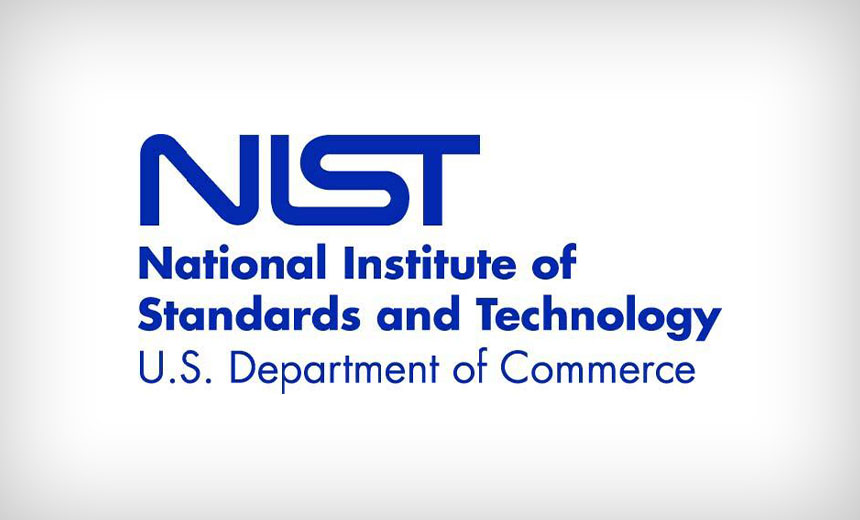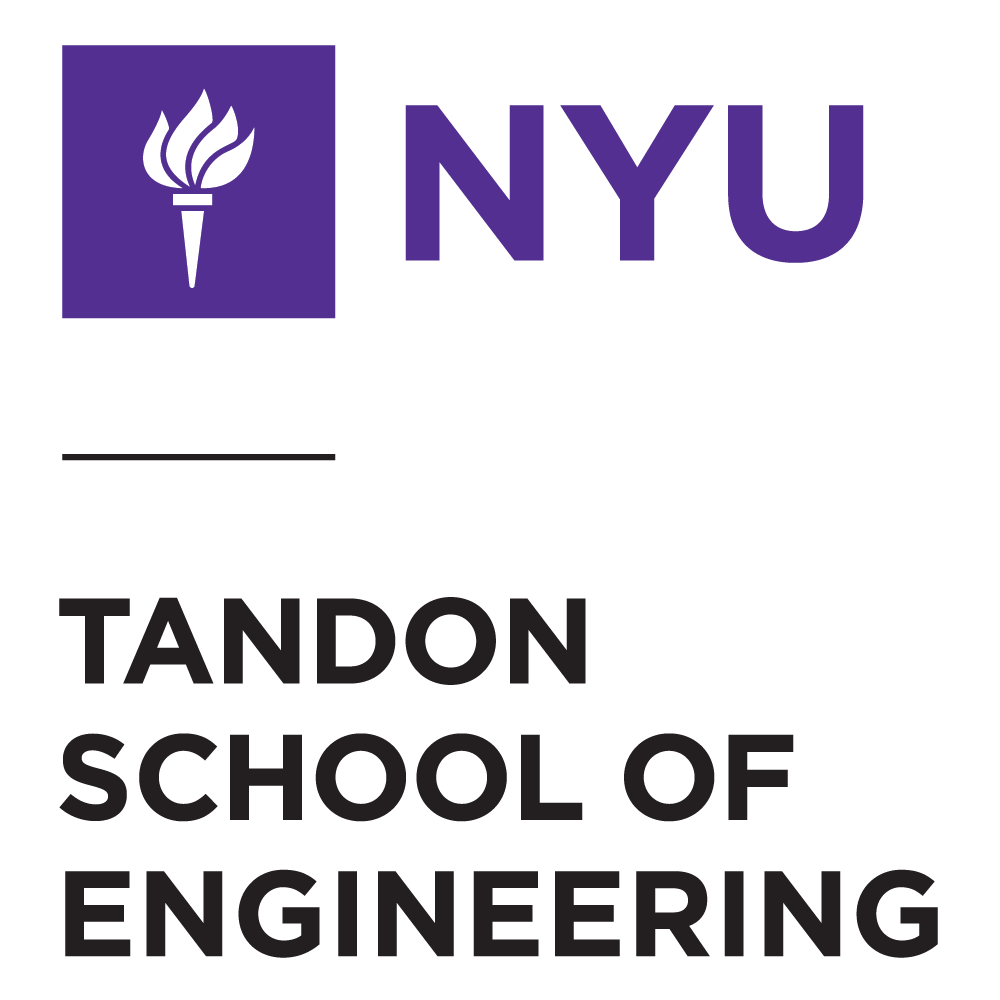Research Overview
Low-Power Integrated Systems for Intelligent Closed-Loop Therapeutics

Integrated circuits and systems offer unprecedented potential for modern medicine and therapeutic systems. Real-time monitoring of the human body activities, drug delivery, Restoring or augmenting motor nervous system, and decoding complex psychological functions are some of the prominent use cases of bioelectronics. Integrated systems are a promising approach to enable the next generation of implantable/wearable devices. Given the form factor and power limitations, achieving a fully wireless operation, in many cases without any battery for energy storage, innovative design techniques and architectures must be adapted to meet the application demands. We leverage integration technology to design miniaturized ultra-low power systems capable of signal acquisition, wireless communication, and stimulation to realize a real-time closed-loop system.
mmWave/Sub-THz Circuits and Systems for 5G and Beyond
 Today’s wireless technology, primarily sub-6GHz, cannot support the constant growth in data throughput introduced by 5G, next-G, and emerging applications such as self-driving vehicles and virtual reality. The release of unlicensed bands has made GHz-scale bandwidth available at mmWave/sub-THz frequency ranges and it is expected that 6G will be featuring THz frequency networks. However, as links move toward higher frequencies, they become more susceptible to blockage and fading. One of the key challenges for high-frequency links is high power radiation and weak signal detection at higher frequencies. The small breakdown voltage of CMOS technology and performance degradation at mmWave/sub-THz frequencies cause high power radiation and signal transmission over a large distance to become increasingly challenging at higher frequencies. To tackle these issues, we explore advanced integrated technologies for efficient high-frequency power generation and novel architectures. We are focused on high-speed transceivers and RF-front, PA, and LNA, circuitry across RF/mmWave/THz frequency ranges. We investigate advanced III-V/BiCMOS technologies to realize energy-efficient, wideband, secure, and low-latency circuits and systems capable of supporting a large number of antennas for larger beamforming gains.
Today’s wireless technology, primarily sub-6GHz, cannot support the constant growth in data throughput introduced by 5G, next-G, and emerging applications such as self-driving vehicles and virtual reality. The release of unlicensed bands has made GHz-scale bandwidth available at mmWave/sub-THz frequency ranges and it is expected that 6G will be featuring THz frequency networks. However, as links move toward higher frequencies, they become more susceptible to blockage and fading. One of the key challenges for high-frequency links is high power radiation and weak signal detection at higher frequencies. The small breakdown voltage of CMOS technology and performance degradation at mmWave/sub-THz frequencies cause high power radiation and signal transmission over a large distance to become increasingly challenging at higher frequencies. To tackle these issues, we explore advanced integrated technologies for efficient high-frequency power generation and novel architectures. We are focused on high-speed transceivers and RF-front, PA, and LNA, circuitry across RF/mmWave/THz frequency ranges. We investigate advanced III-V/BiCMOS technologies to realize energy-efficient, wideband, secure, and low-latency circuits and systems capable of supporting a large number of antennas for larger beamforming gains.
Intelligent Reconfigurable Surfaces for mmWave/Sub-THz Bands

Higher path losses continue to be a major obstacle toward next-generation wireless links as the operating frequency shifts toward mmWave and THz ranges. Beamforming through larger arrays of antennas, increasing the efficiency of the circuitry, and transmitting higher powers can mitigate the problem to some extent. However, high-frequency links still remain highly prone to link blockage. Repeaters and relays that can reroute and amplify the signals depending on the link configuration are an effective method to address this issue. We are interested in co-designing electronics and novel electromagnetics structures to develop smart reconfigurable surfaces. The prevalent deployment of these surfaces is contingent on the overall cost and energy efficiency. Our goal is to enable fully integrated surfaces capable of 1- Reflection/amplification of incoming electromagnetic rays. 2- On-chip processing for channel estimation.
Energy-Efficient Self-Powered SoCs for IoT

As the number of connected objects around us increases at an unprecedented rate, the demand for energy-efficient sensing and communication is highlighted. Given the crowded spectrum of sub-6GHz frequency bands, the IoT objects must satisfy FCC frequency masks and adhere to tight power budgets. We are interested variety of wireless power transmission and energy harvesting methods including near-field and far-field electromagnetic radiation. The goal is to eliminate batteries, which are the dominating cost and form factor, and leverage innovative seising mechanisms to enable a wide range of emerging ubiquitous sensing and communication platforms for industrial IoT monitoring, UWB communication, and localization.
Sponsors:





